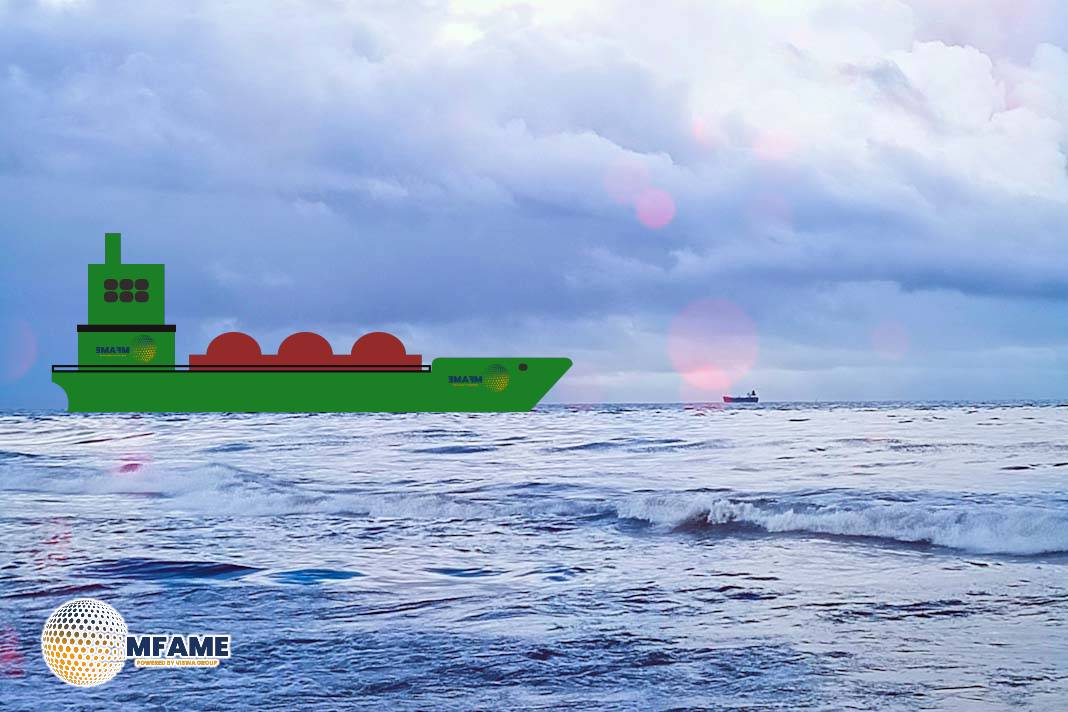This case study is based on an investigation by the Marine Safety Investigation Unit (MSIU) into a collision that occurred on 25 March 2019 between two large tankers within the passage channel of the Fujairah Offshore Anchorage Area, U.A.E.
Incident Overview
During the night of 24–25 March 2019, one vessel was approaching the passage channel inbound to Fujairah anchorage, while another was outbound through the same channel. Both vessels established contact over VHF radio and agreed on manoeuvres to avoid conflict — the inbound vessel would take a round turn to starboard, and the outbound vessel would alter course to port to exit towards the Strait of Hormuz.
Shortly after initiating these manoeuvres, the outbound vessel encountered another ship crossing ahead. This led to a course alteration different from the one previously communicated. The new track placed both vessels on a collision course.
At 0006 local time on 25 March 2019, the vessels collided within the passage channel. Both sustained hull breaches below the waterline, with significant damage to one vessel’s deck plating, shell plating, ballast, and cargo tanks. No injuries or pollution were reported.
Root Cause Analysis
The primary cause of the collision was prolonged reliance on VHF radio communication for collision avoidance, even after a close-quarter situation had developed, which reduced the opportunity for timely and effective evasive action. Contributing factors included the outbound vessel exceeding the local 5-knot anchorage speed limit, departure delays due to anchoring problems that created schedule pressure, and the decision to transit through a restricted anchorage without permission to save time.
Fatigue and stress on the outbound vessel’s bridge team likely impaired judgment. Neither vessel had an additional watchkeeping officer on the bridge as recommended, and there was a misinterpretation of radio messages, including confusion between the words “starboard” and “stopped.”
Safety Recommendations
The investigation recommended that the managing company of the outbound vessel conduct onboard audits and visits to observe how crews operate and manage complex systems, especially under fatigue risk, and implement corrective measures as necessary. The Maltese flag administration was advised to issue an information notice to all Maltese-registered shipowners and managers highlighting the hazards of using VHF radios for collision avoidance, particularly in close-proximity situations.
Actions Taken
The managing company of the inbound vessel implemented several preventive measures fleet-wide. These included mandatory ship manoeuvring simulation training for masters and chief officers every five years, large ship handling simulation training for masters before joining LNG carriers, bridge team management training every five years, and behaviour-based safety courses for all officers.
A random VDR dynamic analysis programme was introduced to review navigational practices during critical passages. Navigational audits were enhanced with self-audits by masters within 30 days of joining, annual superintendent audits, and annual third-party navigational assessments with onboard training. A detailed case study of the incident was also circulated across the company’s fleet.
Conclusion
The collision demonstrates the dangers of relying heavily on VHF communication for collision avoidance in high-traffic or restricted waters. Strict adherence to COLREG manoeuvring rules, compliance with local navigation and speed regulations, adequate bridge manning, and independent radar/ARPA assessment are critical to safe navigation. Effective fatigue management and unambiguous communication are essential to prevent similar incidents.
Did you subscribe to our Daily newsletter?
It’s Free! Click here to Subscribe!
Source: MSIU
















